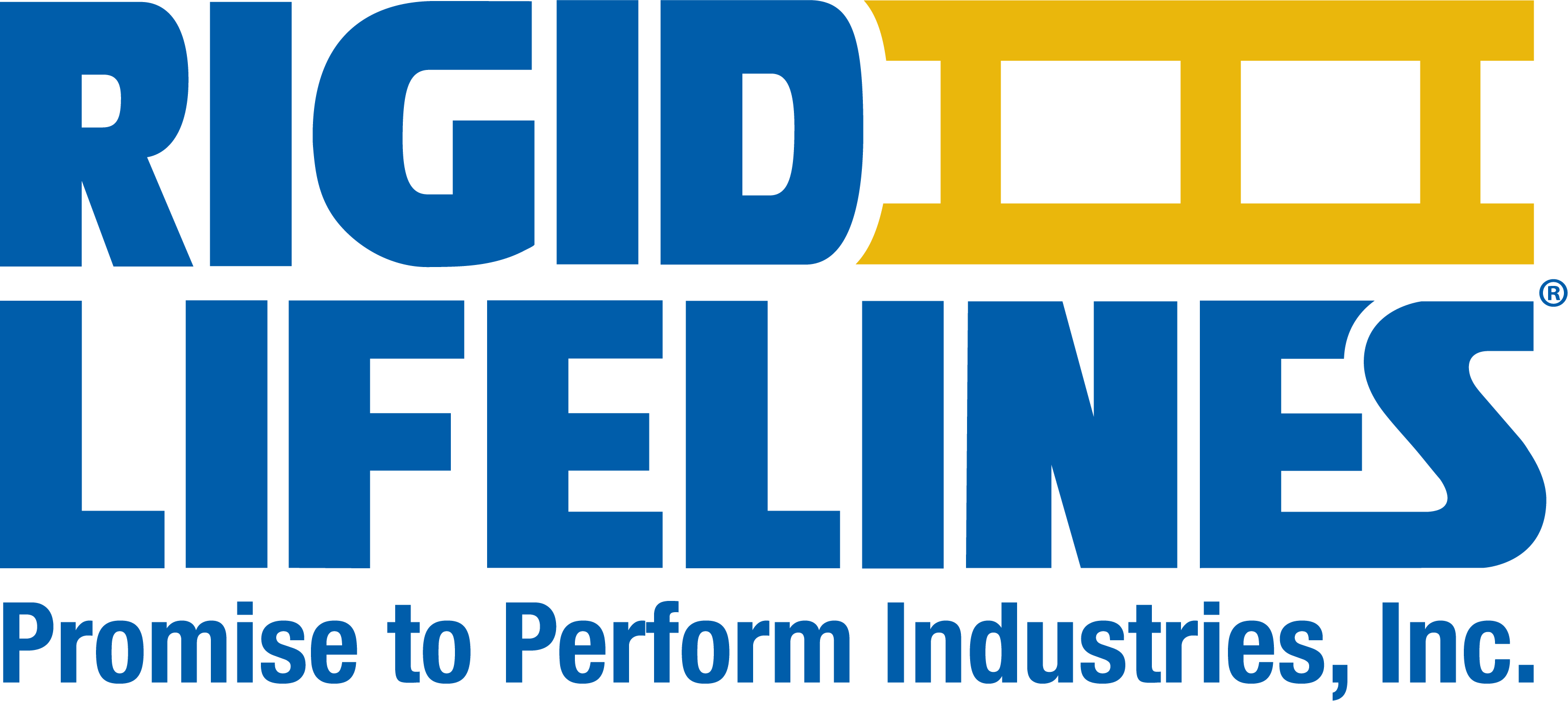Posts by developer
Fall Protection: What to Do and What Not to Do
Whether you are the owner of a construction company, the foreman at a jobsite, or the safety manager on a factory floor, you all share a common concern about employee safety while performing tasks in the workplace. Worker safety is especially important when anyone is performing tasks at elevation. If you know that your employees…
Read MoreAre you Authorized to Rescue? ANSI Z359 Standard Knows Best…
As the number of workplace falls increase for industrial and construction facilities, more and more employers are beginning to install fall protection systems. It’s wonderful that employers are taking the time to consider the safety of their employees, but it is important for everyone to consider all elements of the fall protection system before workers…
Read MoreHow does gravity and acceleration impact fall protection?
Gravity is an acceleration force that draws two masses together. Because this gravitational acceleration is such an influential force, it is only logical that there are certain circumstances that either increase or decrease the amount of acceleration or “G-forces” imposed upon a human. Many physicists have devoted (and sometimes risked) their lives to study the…
Read MoreANSI Requirements for Self-Rescue Descent Devices
The requirements for a self-rescue descent device are outlined in ANSI Z359.4-2007, section 3.2.7. This section covers all of the information about how to make sure that your descent device is compliant with ANSI requirements. Section 3.2.7 covers five different topics about fall protection that include: descent energy and capacity, descent speed, static strength, dynamic…
Read MorePhysical Science: Kinetic Energy
Energy is something that can be neither created, nor destroyed. Since the energy cannot be created or destroyed, it can only move from one form to another form. Kinetic energy is one of the nine different forms of energy. It is the energy that is created from movement. Another form of energy, known as potential…
Read MoreHow to Write a Hazard Assessment as Per the Fall Protection Code
Writing a fall rescue plan can be a scary task for some employers. But fear not! These plans are easy to make thanks to this blog and the ASSE Fall Protection Code. For reference purposes, the fall hazard survey report requirements can be found in section 4.2 in ANSI/ASSE Z359.2-2007 of the Fall Protection Code.…
Read MoreNot Having Fall Protection Can Really Cost You
It seems to be part of the human condition that people will simply avoid dealing with a problem until they are forced (typically by external factors) to deal with it. When it comes to dealing with the safety of an employee in a potentially hazardous working environment, it is concerning to see that most managers…
Read MoreFall Protection Solutions for Large Areas
Manufacturing and machine maintaining are tasks that require a lot of space. This is simply the nature of the beast. When a company makes a big machine or they fix big machines, they’re going to need a workspace that can handle the equipment. Working with large equipment usually means that people will also be working…
Read MoreSelf-Retracting Lanyard (SRL) vs. Energy Absorbing Lanyard (EAL): Who Reigns Supreme?
The SRL and EAL debate is probably one of the hottest topics among fall protection engineers. It’s usually a lively debate because both devices have their benefits for a majority of fall protection situations. The two primary fields that require fall protection systems are industrial and construction settings. Each setting poses different hazards for the…
Read MorePART 2: OSHA 1910.146 APPENDIX F: Rescue Team Criteria and Factors
The Initial Evaluation There are many different things that a qualified person needs to consider when they are developing fall rescue plans. During the initial evaluation of the potential rescue team, a qualified person needs to establish that a local rescue service can meet the needs of that specific worksite. However, the rescue team will…
Read MorePART ONE: Rescue Plans OSHA 1926.502 (d)(20)
When OSHA writes a law, they usually need to use the verbose and flowery terminology of governmental law. However, there are many times when I will experience a law or some other political statement that I feel can be easily summarized in far fewer words. Even though OSHA 1926.502 (d)(20) is only one sentence long,…
Read MoreHorizontal vs. Vertical Fall Protection. Whats the Difference?
The hit 90s television show America’s Funniest Home Videos has always been a testament to several things about American culture: Americans are clumsy creatures Americans enjoy filming their clumsiest moments for national television Americans know many different ways to fall Even though there is unabashed clumsiness displayed on television, there are several lessons to be…
Read More